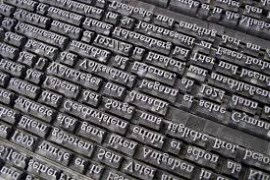Collections | Livre
Edgar Rubin and psychology in Denmark
figure and ground
Résumé
Is it a glass centerpiece--or is it really two faces? Edgar Rubin and Psychology in Denmark tours a tumultuous century of history, politics, culture, and thought as reflected in the intellectual life of Denmark following the Golden Age of Kierkegaard and H. C. Andersen. Rubin's scholarly journey takes him from the debate over the scientific study of "the soul" to the maturation of perceptual psychology, providing both human context for our modern understanding of consciousness and a timeline for the recognition of psychology as science. Besides his revolutionary discoveries in visual perception, less-known aspects of his work are explored, such as his observations on taste and the perception of speech, as is his relationship--and reluctant contribution--to Gestalt theory. In these pages, Rubin is portrayed as a thinker simultaneously of his time and place and distinctly universal and modern. Included in this fascinating biography: For those interested in the history of psychology and the history of ideas, and for students and specialists in perceptual psychology, Edgar Rubin and Psychology in Denmark will inform, inspire, and even delight.
The familiar optical illusion known as the Rubin Vase embodies the complexities of the brain's recognition of visual figures and backgrounds. Its creator's accomplishments, however, extend far beyond this well-known concept.
Détails | Table des matières
Détails de la publication
Maison d'édition: Springer
Lieu de publication: Dordrecht
Année: 2014
Pages: 228
Collection: History and Philosophy of Psychology
ISBN (hardback): 978-3-319-01061-8
ISBN (digital): 978-3-319-01062-5
Citation complète:
Pind Jörgen, 2014, Edgar Rubin and psychology in Denmark: figure and ground. Dordrecht, Springer.










